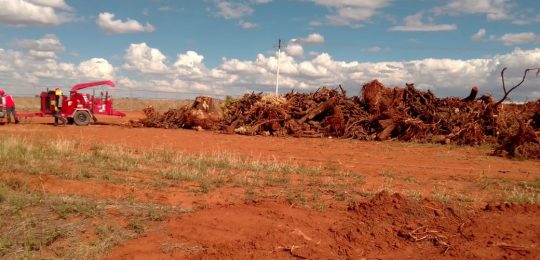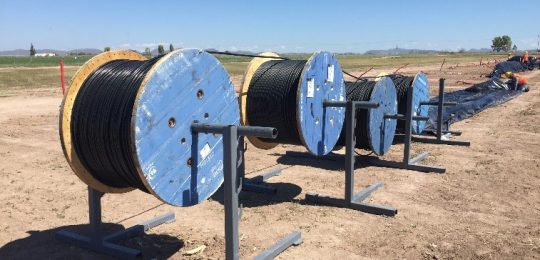Where does all the leftover food go when the grocery store closes at the end of the day?
Maybe it’s repurposed somehow or throw out… but what if it could help a supermarket become energy independent? A Sainsbury’s supermarket in the United Kingdom will soon power itself with leftover food waste and disconnect from the National Grid.
Sainsbury’s partner is Biffa, one of the U.K.’s largest waste management companies, which collaborates with Sainsbury’s to make this possible. Sainsbury’s trucks its food waste from all over the U.K. to Biffa’s plant in Staffordshire. Biffa then converts it into biogas, and this biogas is then burned to meet the energy needs of a location in the town of Cannock.
“Sainsbury’s sends absolutely no waste to landfill and we’re always looking for new ways to reuse and recycle” said Sainsbury’s’ head of sustainability Paul Crewe in a press release. “We’re delighted to be the first business ever to make use of this linkup technology, allowing our Cannock store to be powered entirely by our food waste.”
Not all of Sainsbury’s’ food becomes biogas. To ensure no waste goes to landfills, Sainsbury’s also donates food that’s safe to eat to its charitable partners to feed the underprivileged, or to feed the animals in the Knowley safari park.
Biogas is a renewable fuel, created when bacteria feast on organic matter in a large tank in the absence of oxygen. This is called anaerobic digestion, and Sainsbury’s is the process’ biggest user in the U.K. In a statement, the company says they generate “enough energy to power 2,500 homes each year.”
Biogas is composed mostly of methane, which is a potent greenhouse gas if released uncombusted. Burning the fuel releases carbon dioxide, but unlike natural gas, coal or oil, which release carbon that was once sequestered underground, biogas is created from organic sources already a part of the carbon cycle and is carbon-neutral.
Biogas power generation can be a solution for remote areas in need of energy. Wind and solar can be intermittent depending on the weather, but biogas is more renewable. Plus, anaerobic digestion doesn’t just have to depend on food waste. Manure and other agricultural wastes can be converted to biogas as well.
-Recovered from Hufington Post
To make it clearer, here is the process:




